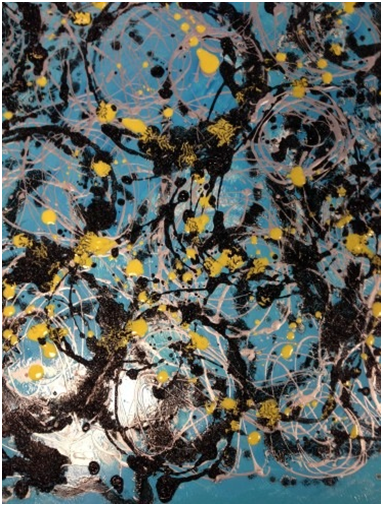Teaching Synaesthesia as a Gateway to Creativity
DOI:
https://doi.org/10.31273/eirj.v2i2.118Keywords:
synesthesia, creativity, arts practice, teachingAbstract
This article encapsulates my experience of teaching creativity within a higher education curriculum. Creativity often eludes common understanding because it involves using different conceptual streams of thought, often times developing unconsciously and manifesting in the prized “eureka” moment. In 2009, I began explaining the neurological condition of synaesthesia and later introduced this phenomenology in a course designed to cultivate creativity to first year fashion design students. There are many challenges in teaching creativity. Through teaching this course, I discovered that the first challenge is making the students conscious of their own qualitative beliefs on creativity and art. The second is creating exercises to challenge and alter these beliefs, thus forming a new way of thinking and experiencing the world. The most resistance from my students arose when experimenting with non-representational art. They did not have a conscious framework for making and evaluating abstract art. Introducing synaesthesia, a neurologically-based condition that “merges” two or more sensory pathways in the brain, gave my students a framework for discovery. Understanding sensory modalities and ways in which these modalities can blended together in synaesthesia proved to be a gateway to creativity in many of my students. The scope of this article chronicles how I developed my teaching methodology, the results it created in my classroom, as well as its effects on my own artistic practice.
Downloads
References
Boden, Margaret A. (2004) The Creative Mind: Myths and Mechanisms. (New York: Routledge)
De Young, R. (2014). Using the Stroop effect to test our capacity to direct attention: A tool for navigating urgent transitions. Retrieved from http://www.snre.umich.edu/eplab/demos/st0/stroopdesc.html
Ramachandran, V.S. and Edward M. Hubbard (2003) 'Hearing Colours, Tasting Shapes,' The Scientific American, May 2003.

Published
Issue
Section
License
Authors who publish with this journal agree to the following terms:
Authors retain copyright and grant the journal right of first publication with the work simultaneously licensed under a Creative Commons Attribution License (CC-BY), which permits use and redistribution of the work provided that the original author and source are credited, a link to the license is included, and an indication of changes which were made. Third-party users may not apply legal terms or technological measures to the published article which legally restrict others from doing anything the license permits.
If accepted for publication authors’ work will be made open access and distributed under a Creative Commons Attribution (CC-BY) license unless previously agreed with Exchanges’ Editor-in-Chief prior to submission.
Authors are able to enter into separate, additional contractual arrangements for the non-exclusive distribution of the journal's published version of the work (e.g., post it to an institutional repository or publish it in a book), with an acknowledgement of its initial publication in this journal.
Authors are permitted and encouraged to post their work online (e.g., in institutional repositories or on their website) prior to and during the submission process, as it can lead to productive exchanges, as well as earlier and greater citation of published work. (see: The Effect of Open Access)
